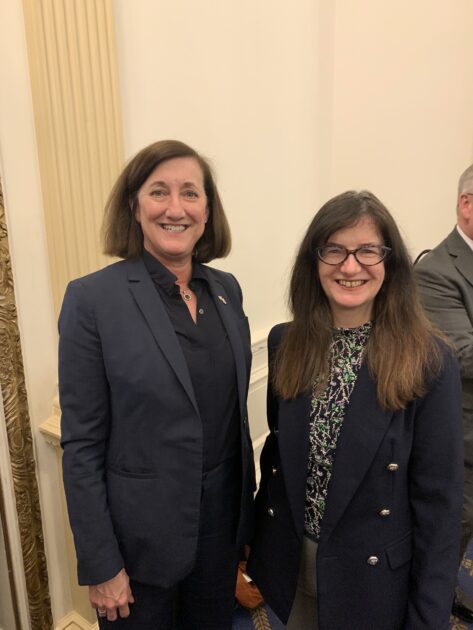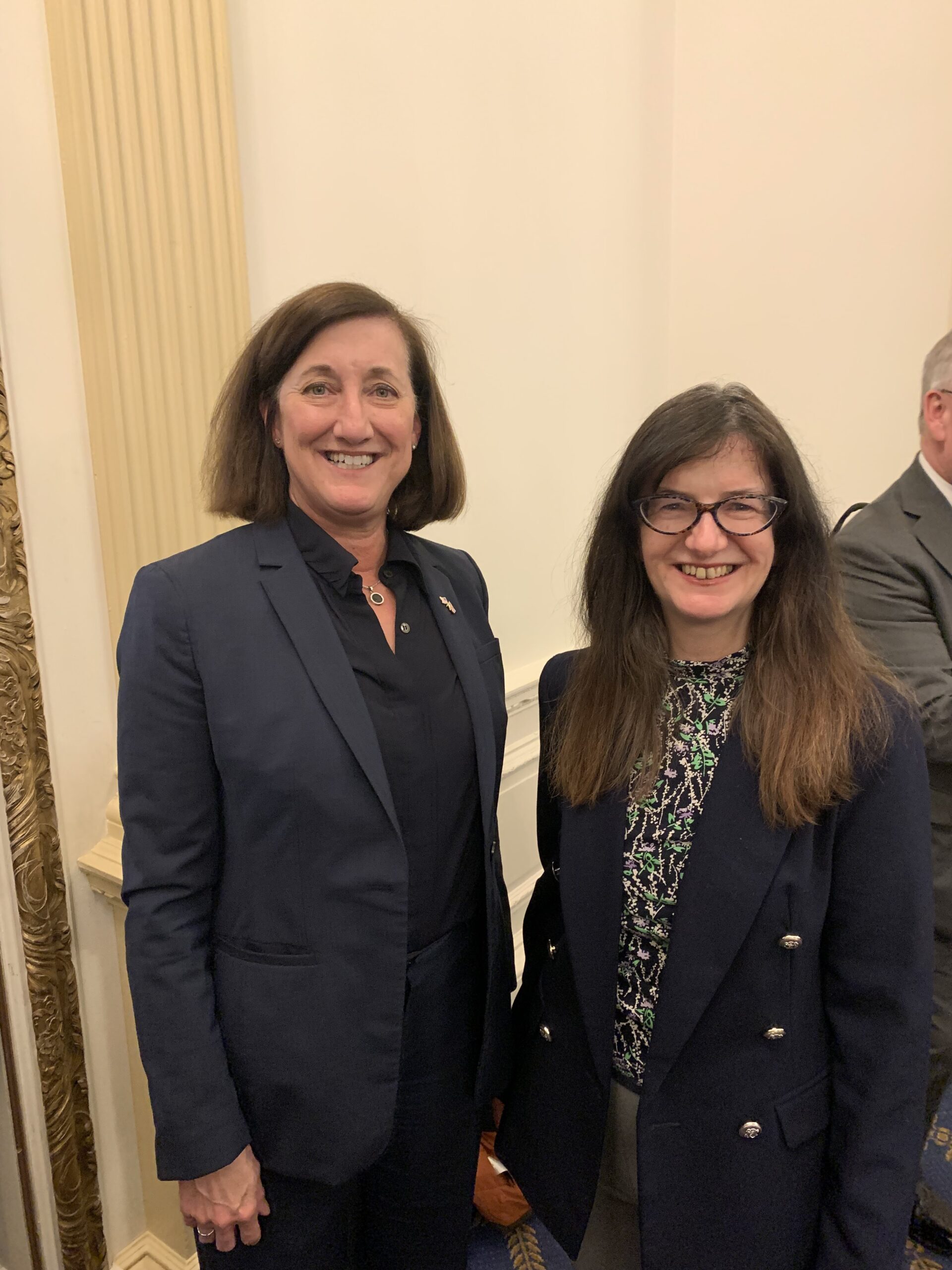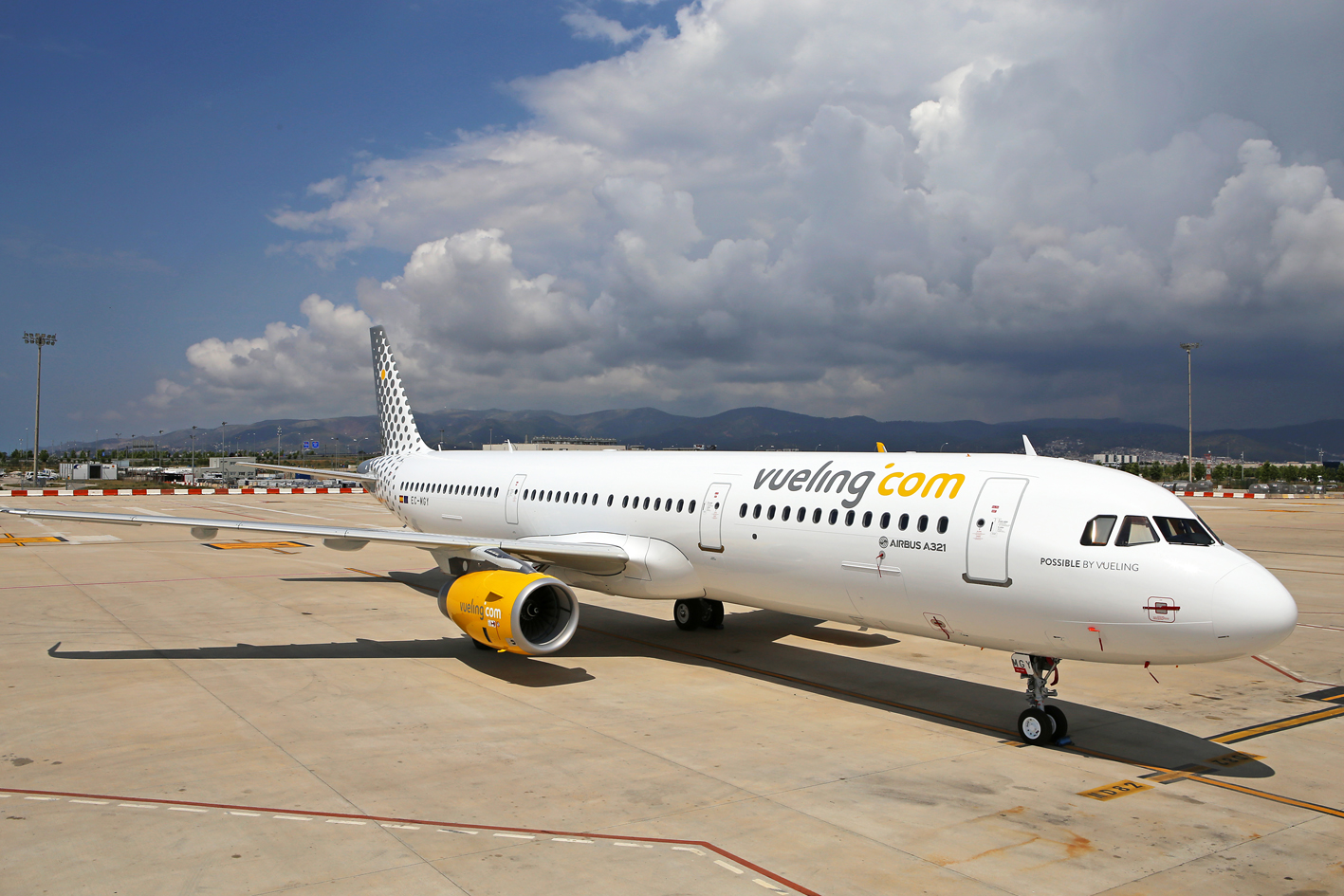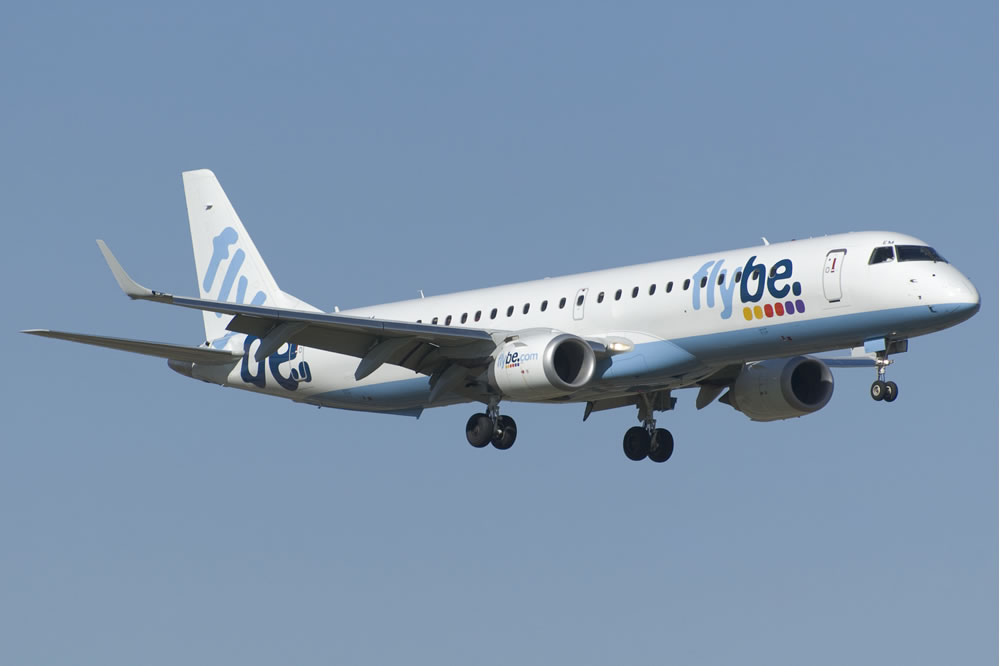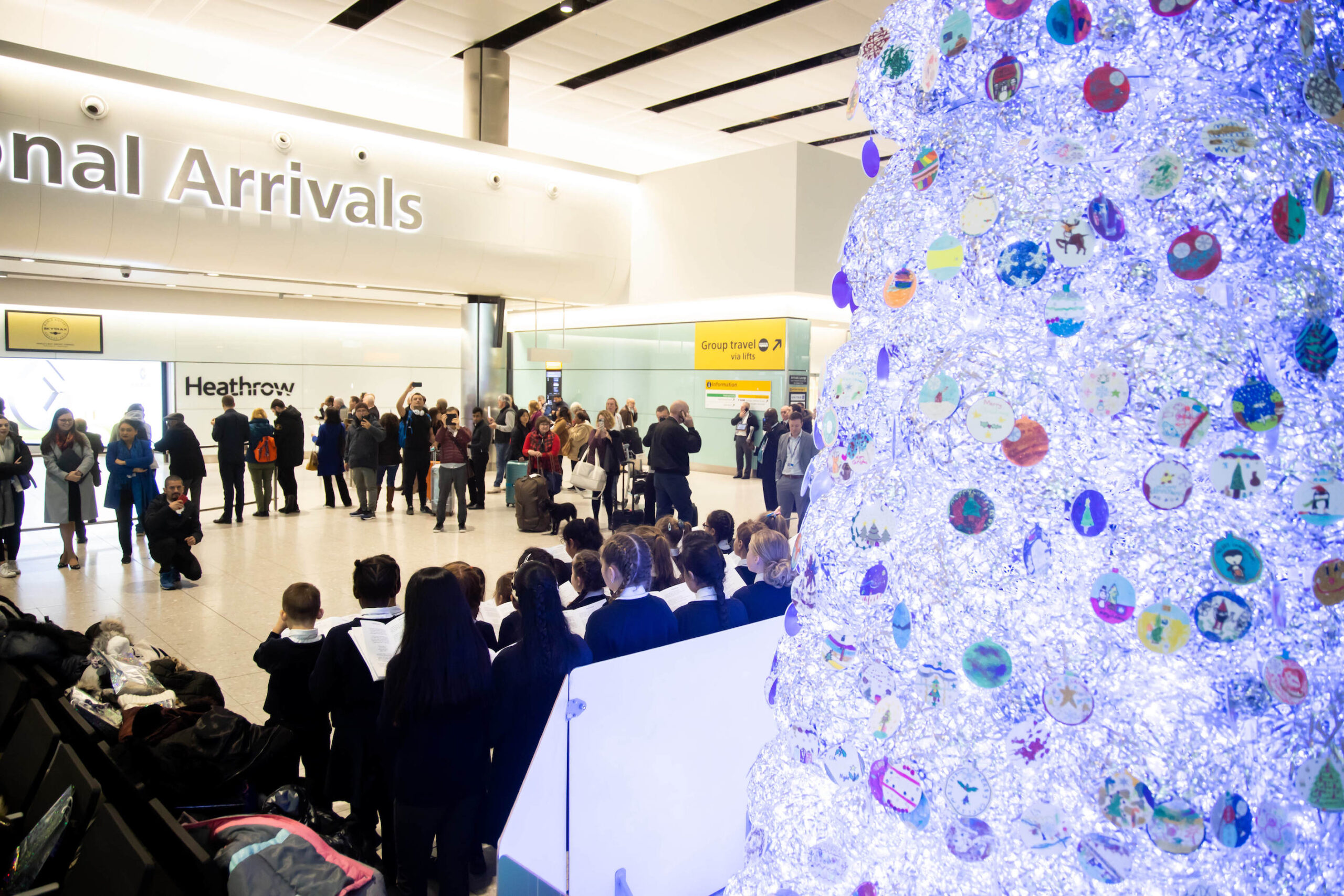Federal Aviation Administration Deputy Administrator Katie Thomson (pictured with me above), came to the UK and Europe this month to meet with European partners and key aviation stakeholders.
At the Royal Aeronautical Society (RAeS) Katie Thomson gave a speech and a fireside chat with RAeS chief executive David Edwards.
She outlined the priorities of the FAA – the first being safety, and she immediately launched into the crisis at Boeing and the role of the FAA in restoring order and safety to the skies.
The Federal Aviation Administration (FAA) has a dilemma with Boeing. As the regulator the FAA needs to ensure flight safety in the USA to fulfil its mandate – on the other hand, it has to give Boeing the opportunity to fix the issues itself.
This dilemma is one of the key priorities facing the US regulator.

And it was one of the first things she mentioned when taking to the podium. ‘We have stepped up oversight at Renton,’ she said of Boeing’s factory floor, with mention of a ‘deep dive into production’ on the Boeing airplane assembly lines.
FAA has put restrictions on the number of commercial airplanes in the B737 product line to 38 per month, flexing its regulatory muscle.
This is in light of the Alaska Airlines air incident in the New Year which led to the temporary grounding of the B737MAX-9 type aircraft throughout the US. This in turn ‘called into question the quality of Boeing’s production oversight,’ explained Thomson.

Informally I was told by the FAA that it has placed its own personnel on the factory floor wearing hi-viz jackets with the aim of giving employees the opportunity and confidence to raise any concerns regarding quality control on the spot.
But in reality it’s the long game which is the biggest challenge for both FAA and Boeing. FAA recognises that it’s a protracted process to achieve a turnaround in quality assurance at Boeing. It involves a cultural change which Thomson and her team know to be an uncertain and long-term objective. But without it she believes there is no safe future for Boeing commercial Airplanes.
‘We all hope Boeing can be successful – it is incumbent on Boeing to produce safe and reliable aircraft,’ said Thomson but cautioned, ‘The production limits will remain in place till we are fully satisfied all its processes meet the highest safety standards.’
However, the formal process has already begun, with a 90 day deadline to come up with an action plan for Boeing to fix its flaws. The plan should address the faults found by an Expert Review Panel and FAA’s own audit into Boeing’s safety systems.
Ultimately the FAA is looking for more transparency from Boeing in sharing its work, said Thomson.
This shows the FAA means business with Boeing. And is in it for the longhaul.
The other major priorities are Innovation: preparing the airspace for future Advanced Air Mobility (AAM) or urban air mobility, sustainability in achieving Net Zero by 2050 through SAFs and other tech, and boosting talent acquisition including more women in aviation and more diversity as a whole.
She admitted that the FAA and Department of Transportation (DOT) do not have enough women in the workforce, adding, ‘We are seeing success but not at the pace we’d like to see.’
Greater diversity would lead to greater safety, as ‘The industry is safer when more diverse people are involved in decisions,’ she said.
